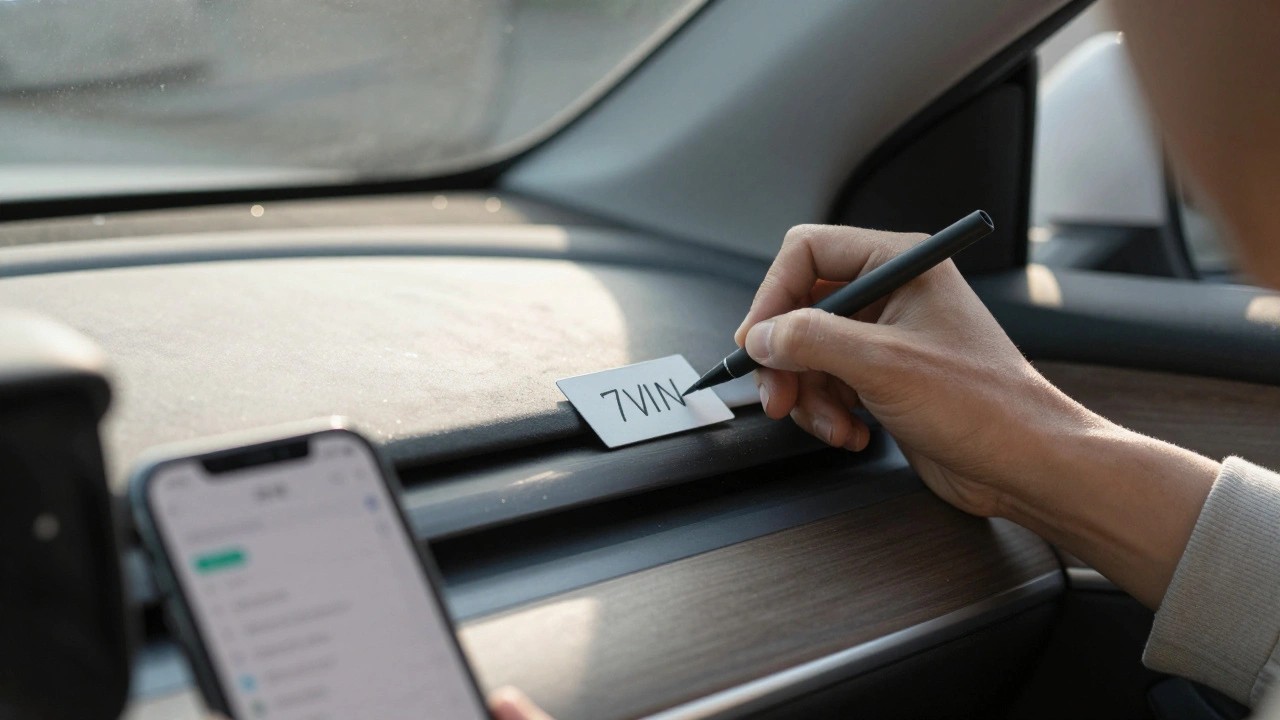Electric Vehicle Features: What Modern EVs Offer Beyond Just Zero Emissions
When you think of an electric vehicle, a car powered by electricity instead of gasoline, designed for efficiency and reduced emissions. Also known as EV, it’s not just about saving fuel—it’s about a whole new way of driving. Today’s electric vehicles come packed with features that most gas cars still don’t have, and many of them aren’t even about the motor. They’re about how the car thinks, reacts, and keeps you safe.
One of the biggest changes is in the battery range, how far an EV can travel on a single charge before needing to recharge. It’s no longer just 80 miles. Most new EVs now go 250 to 350 miles on a full charge, and some hit 400+. That’s not a guess—it’s what owners report after real road trips, winter driving, and highway runs. Then there’s regenerative braking, a system that recaptures energy when you slow down and feeds it back into the battery. It’s not just efficiency—it makes driving smoother because you don’t need to press the brake pedal as hard. You just lift off the gas and the car slows down naturally.
Modern EVs also come with driver assistance systems, features like lane keeping, adaptive cruise control, and automatic emergency braking that help reduce driver workload. These aren’t luxury add-ons anymore—they’re standard on most models. And unlike gas cars, EVs often update these systems over the air, like your phone. No visit to the dealership. Just a notification: "Your car got smarter last night."
What You Won’t Find in a Gas Car
EVs monitor themselves. They tell you when the brake pads are wearing thin, when the battery is getting too hot, even when the tires need air—all through the touchscreen or your phone. No warning lights, no guesswork. You get alerts before anything breaks. That’s not magic—it’s built-in diagnostics powered by sensors and software. And because EVs have fewer moving parts, they don’t need oil changes, timing belts, or exhaust repairs. Less to go wrong means less to pay for.
Even the way you charge has changed. You can plug in at home overnight, at work during the day, or at a fast charger on a road trip. And most EVs let you schedule charging to take advantage of lower electricity rates. Some even let you send power back to your house during a blackout. That’s not just a car—it’s a mobile power station.
What you’ll find in the posts below isn’t just a list of features. It’s real talk from people who live with these cars every day. You’ll see how solid-state batteries are actually progressing, why driver monitoring systems are becoming standard, and how EVs handle extreme weather better—or worse—than you’d expect. No marketing fluff. Just what works, what doesn’t, and what’s coming next.

EV Test Drive: What to Expect and What to Check
- 14 Comments
- Oct, 12 2025
An EV test drive isn't like a gas car test drive. Learn what to expect-silent acceleration, one-pedal driving, real-world range-and what to check before you buy. Avoid common mistakes and know what really matters.




